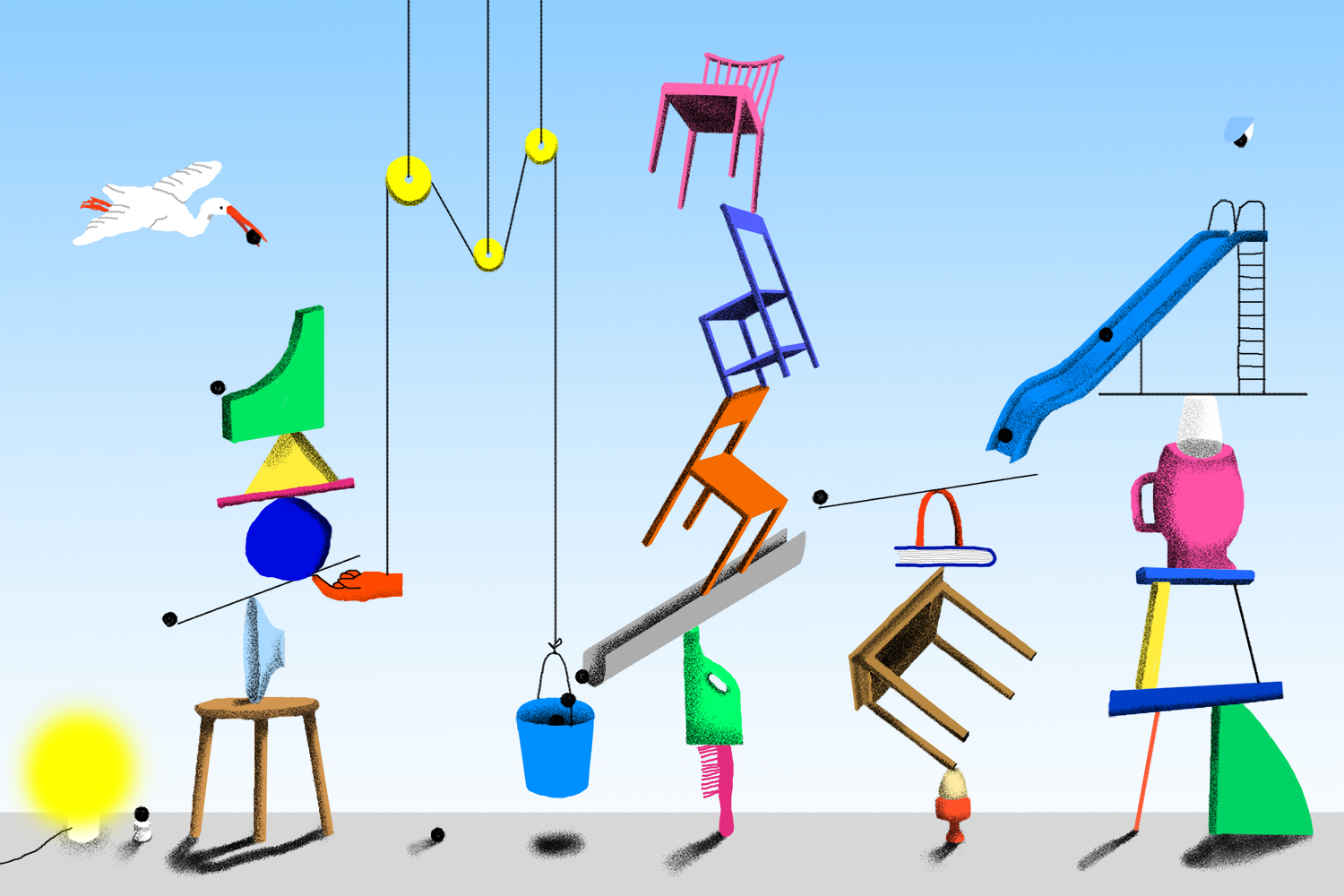There are many reasons brands choose to build in-house agencies today. Organizational structures vary by the scope and mission of the agency: some need the extra help in production while others are establishing fully integrated operations with in-house media buying, creative, and marketing.
Organizations are looking to gain more control (over brand, message, data, timing, and so on), improve internal collaboration and marketing integration, go to market faster and become more nimble, and finally, produce more with the same budget.
Marketers have never needed more content than right now and are struggling to meet the demands with manual production:
- Performance teams need to refresh campaign creative frequently to drive performance
- Global marketing organizations need to activate local markets with toolkits
- New product launches put pressure on delivering new creative assets
- Media plans require volumes of sizes and format variations
In this article, we’ll explore where Creative Automation fits in the production of digital advertising and campaign assets. We’ll also cover how automation can help different marketing and creative stakeholders produce more assets faster and collaborate better.
Step 1: Creative concept and ideation: offline tools to show the idea
This step is all about original strategic thinking and creative ideation for projects. Typically takes the most time to complete with multiple feedback rounds and iterative steps to complete. Doesn’t include a high volume of creative.
Creative Software used: Adobe Suite: Illustrator, After Effects, Photoshop, and other offline tools.
In this phase, creative software like the Adobe Suite is used to illustrate the idea and the visual direction of the creative. At this phase, the scope of the creative is to show the idea to the point that it can be approved or iterated so that the main visuals are approved for the concept.
While you can’t automate the creative concepting, Creative Automation enables designers to scale their creative concepts without compromising on any aspect of them.
Typical team members involved: Creative Director, Art Director, Sr. Copywriter, Producer
Step 2: Creative adaptation: an opportunity for automation
Creative adaptation begins once the concept is approved. It means versioning the approved campaign creative concept to various channels or adapting it to different audiences, for instance. This part of the process can become time-consuming if there is a lot of content to adapt.
Creative Software used: With traditional production, versioning is done completely manually, creating each variation one by one on e.g. Photoshop or After Effects. This is where Celtra can help speed the production process significantly:
- Designers or art directors can drag and drop their approved art boards into Celtra, turn them into approved brand templates, and automatically scale the versions across channels and audiences
- Copywriters can organize messaging variations into content feeds that are used in generating the assets needed: the templates are connected to the feeds for automated content scaling
- Project or brand managers can easily preview all scaled assets for QA and approval
Typical team members involved: Art Director, Designer, Copywriter, Project Manager
Step 3: Creative production: consider scaling in the cloud
Once the adaptation is complete, the creative project moves into the scaling phase. Depending on the brand, their media plan, and how many markets they advertise in, this phase can require hundreds or even thousands of unique assets. Simply put, this part of the process involves any non-creative changes to size, images, graphics, copy, formats so there is a lot of repetitive work that can and should be automated.
Creative Software used: This part of creative production should not be done with offline design tools as it can take several weeks for designers to complete and the room for error is high. Instead, modern enterprises, like adidas and Spotify, choose to automate this process so that the software takes care of non-value-adding tasks such as sizing and adapting to various formats. This way, creative teams go from spending weeks to mere hours scaling content. All stakeholders access the assets in real-time and can give feedback directly on the assets. Designers can then go back in and make those changes in real-time, without having to go back and forth in emails or offline tools.
Typical team members involved and how they can use automation:
- Studio Manager can follow the production as it happens in the cloud
- Proofreaders can check content feeds for copy consistency, typos, and errors
- Coders aren’t needed as the software has built-in animation and other creative effects for code-free development
- Quality Assurance/ Brand and Marketing Managers can go into the software, preview all generated assets, check for consistency, and even distribute directly to their media channels once they are approved
Step 4: Mid-Campaign Creative Refreshes
Oftentimes, especially if the brand is e-commerce driven, paid teams need to make changes on the fly to maintain results. Making changes to live creative can be cumbersome if done manually. Performance teams need to request the changes from creative teams who in turn need to manually adjust ads in offline design tools, re-render or export creatives, and ship them to the paid media team. This can cause a delay in mid-flight refreshes and wreak havoc on performance.
Creative software used: This is another great application for Celtra software. Since the templates, content feeds, and creatives live in the cloud, all changes are made in real-time and updated in live campaigns. Performance teams can single-handedly do feed-based changes like product swaps or copy-edits which dramatically mitigates the burden on creative teams This also ensures that creative refreshes do not affect or compromise approved campaign designs.
Typical team members involved and how they can use automation:
- Designers can quickly make requested design changes in templates and then automatically update the live creatives
- Performance marketers can quickly update content in the feed without design or creative resources
Could your creative production workflow benefit from automation? Get in touch with us today to find out more about Celtra’s solutions.

